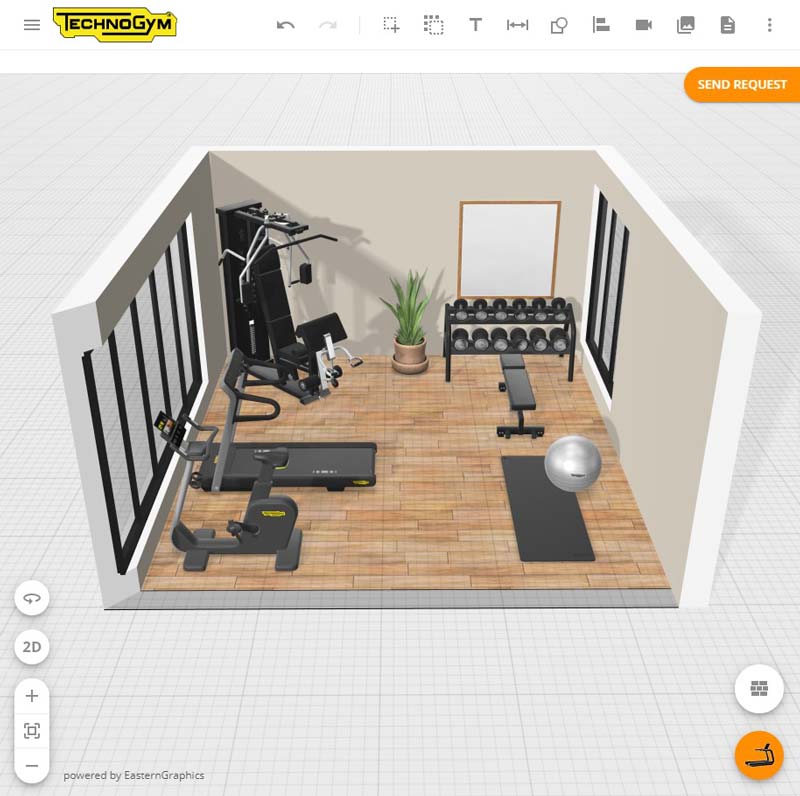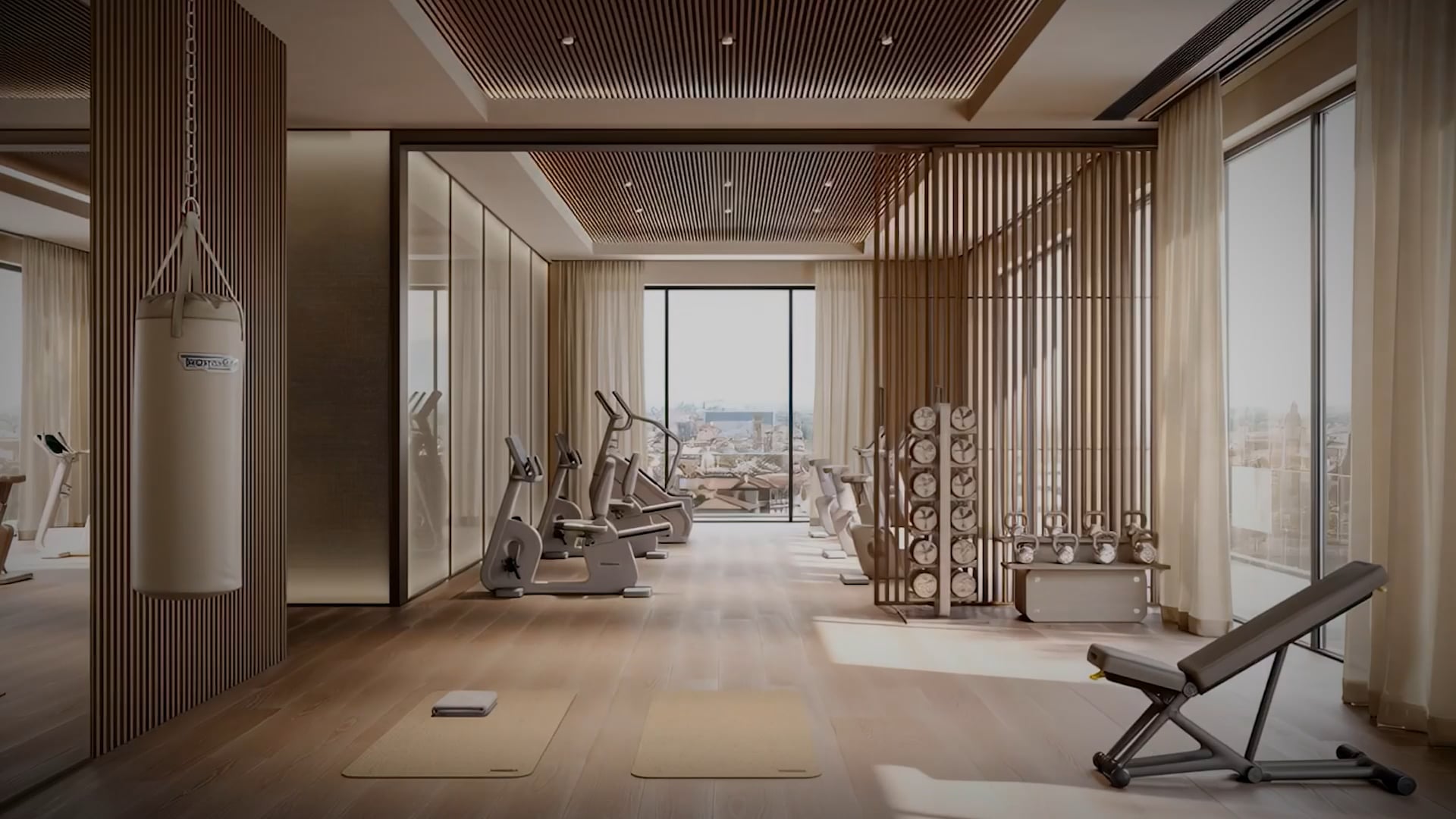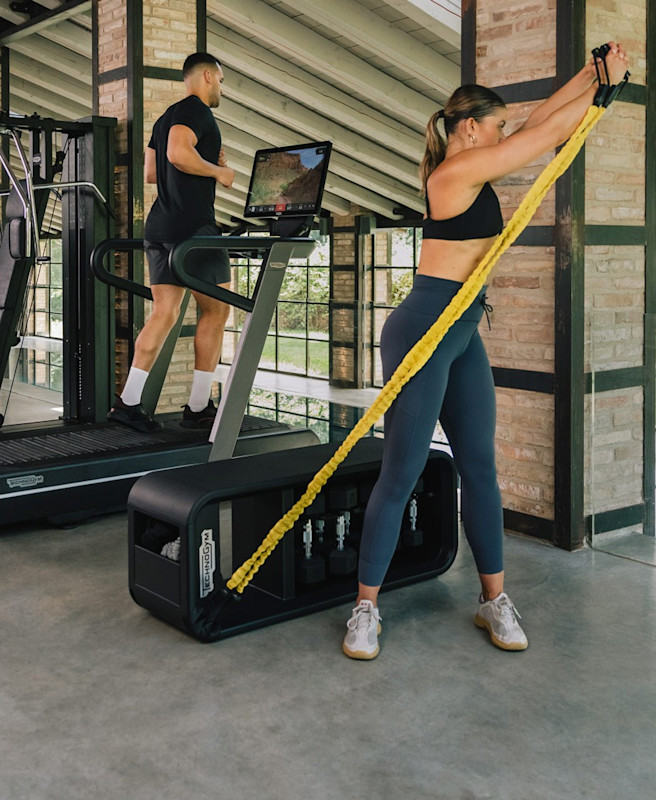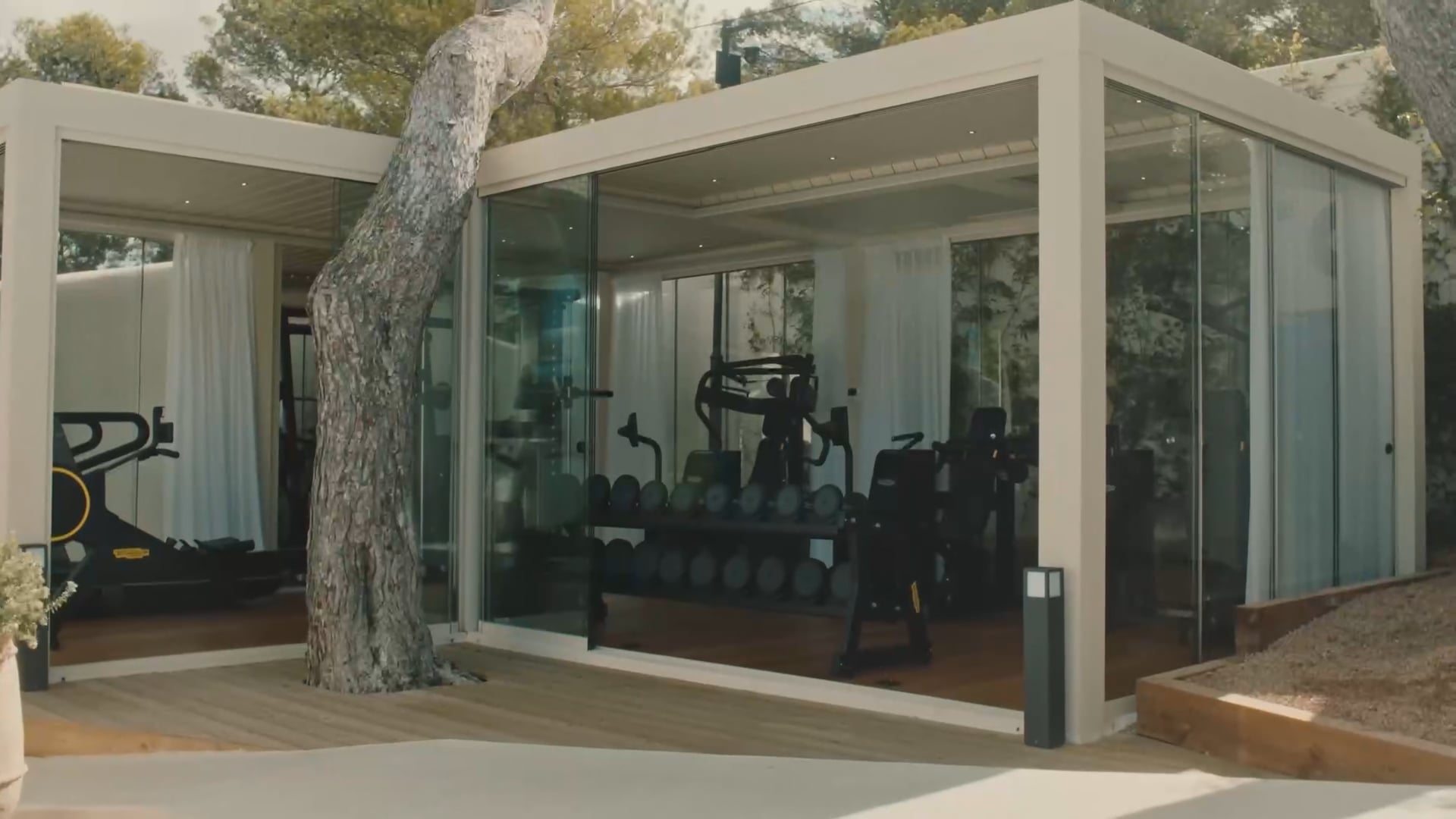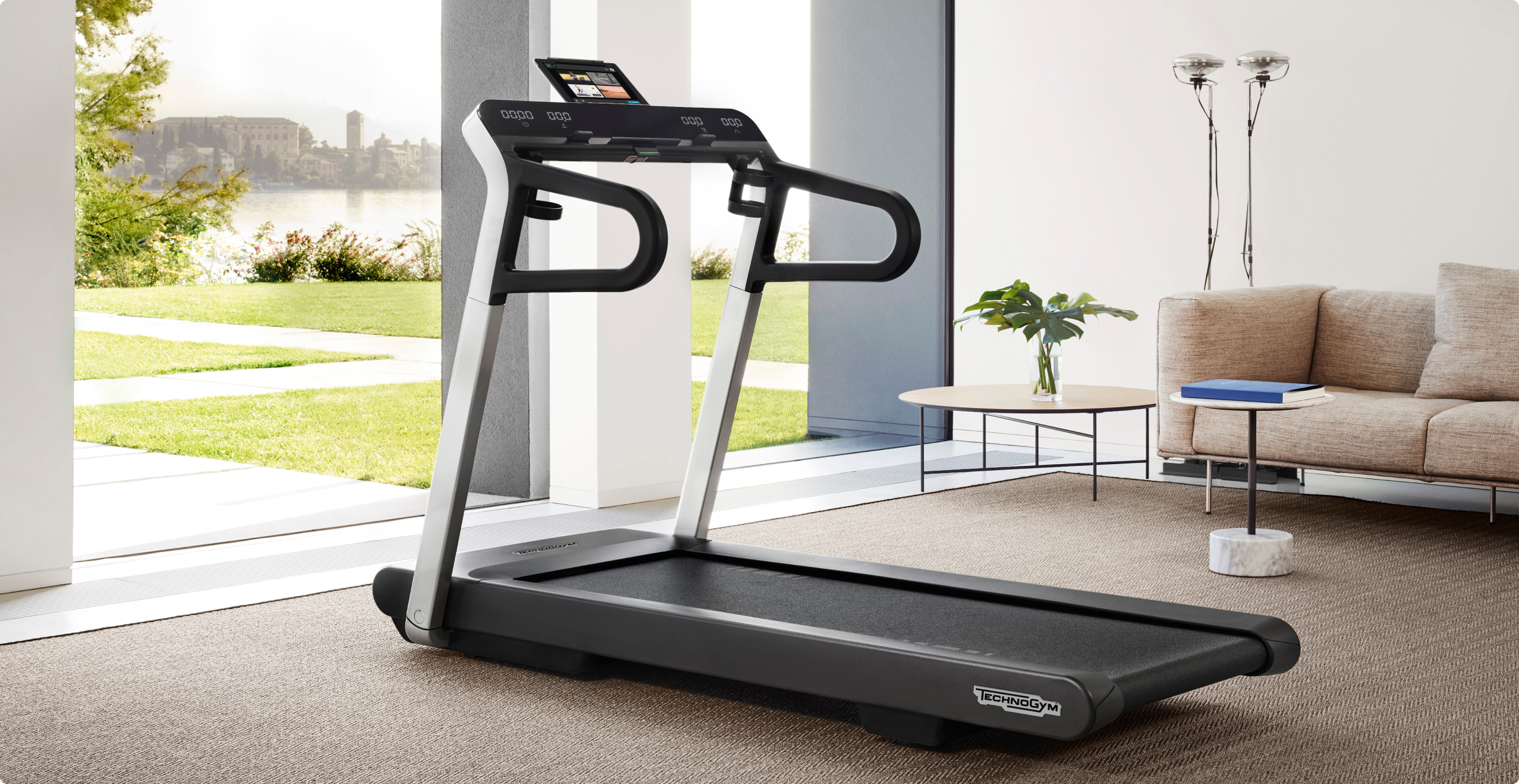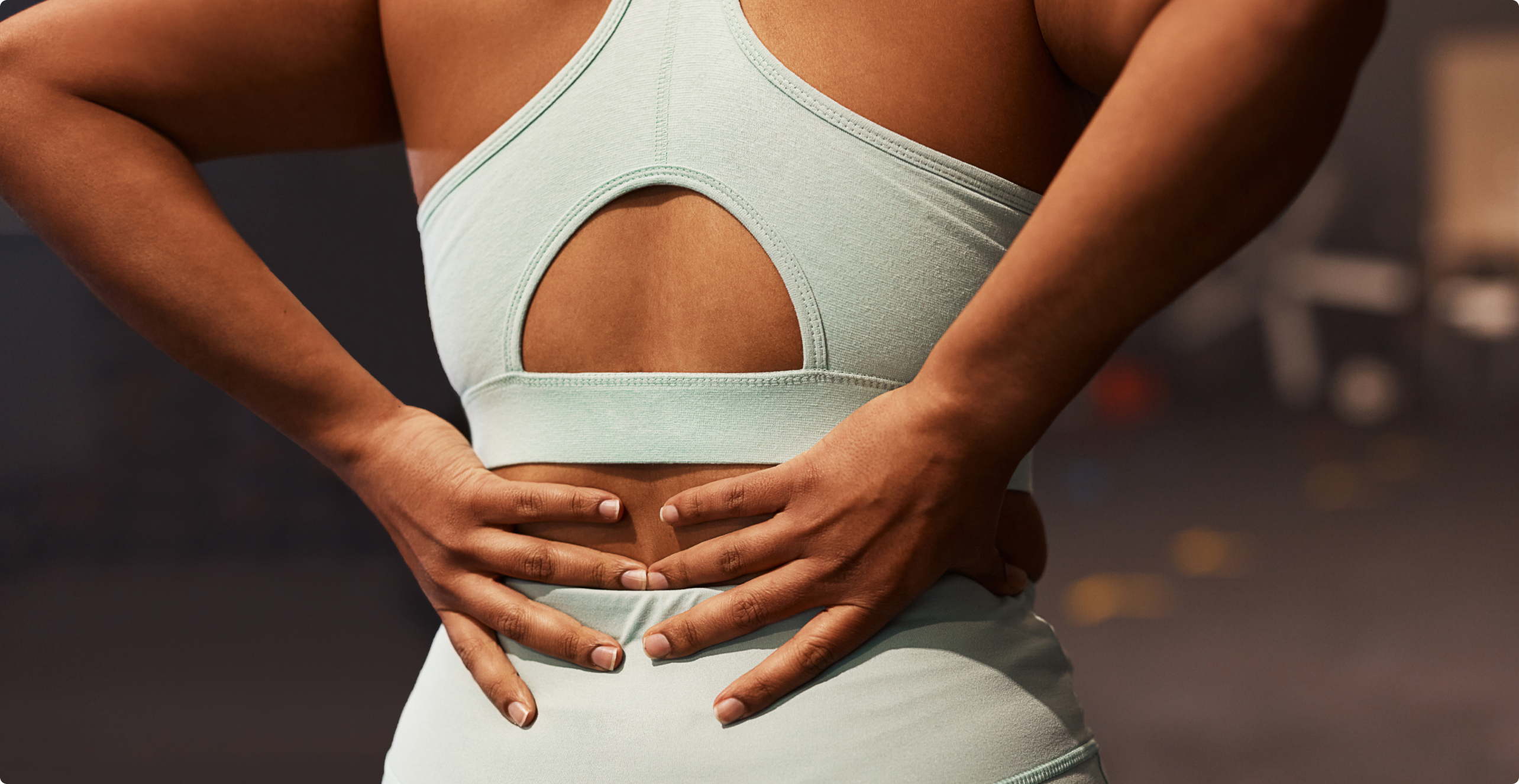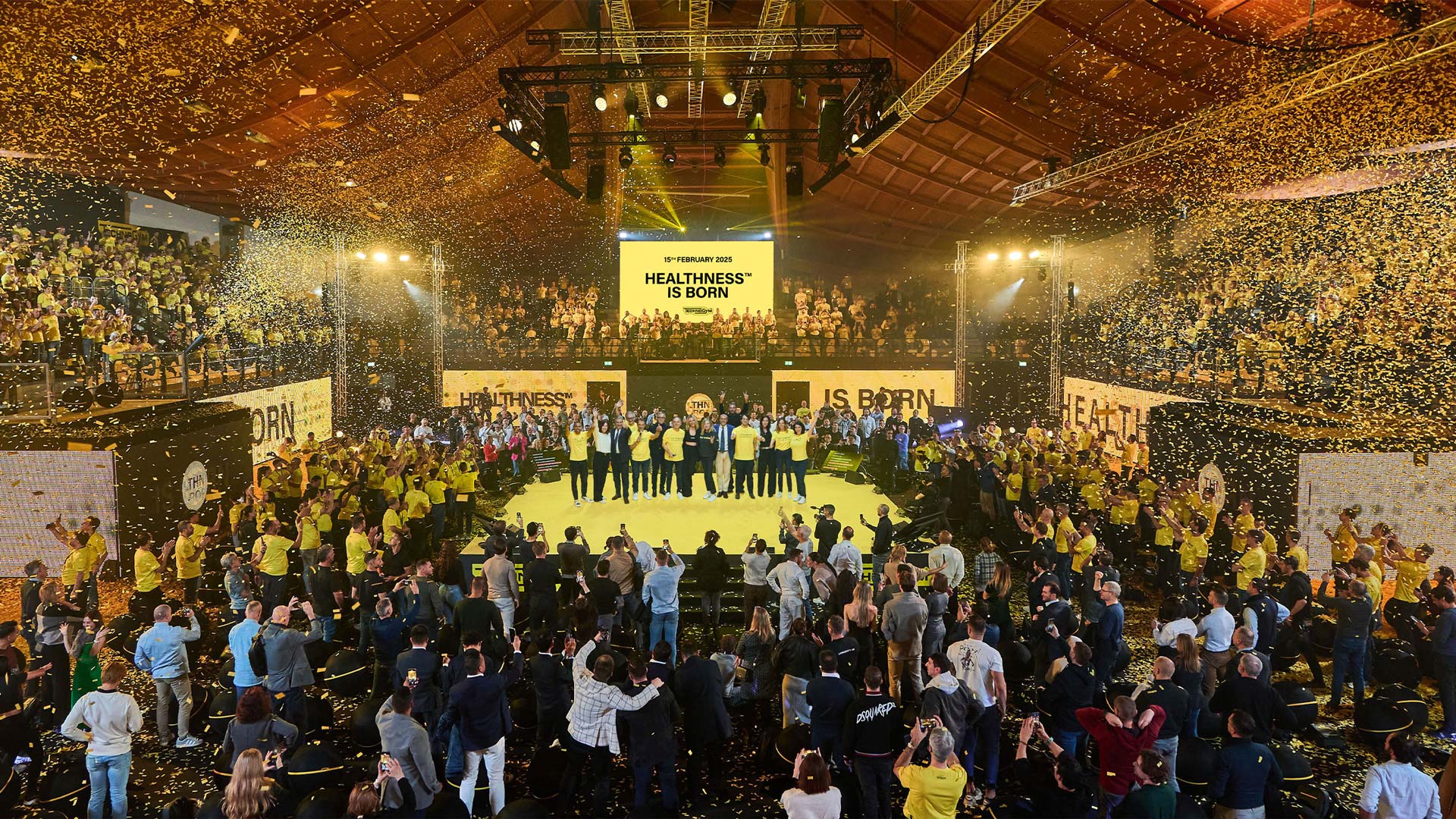Fitness
Nutrition
Как похудеть: лучшие советы для быстрой и эффективной потери веса
Лучший способ похудеть - вести здоровый образ жизни.
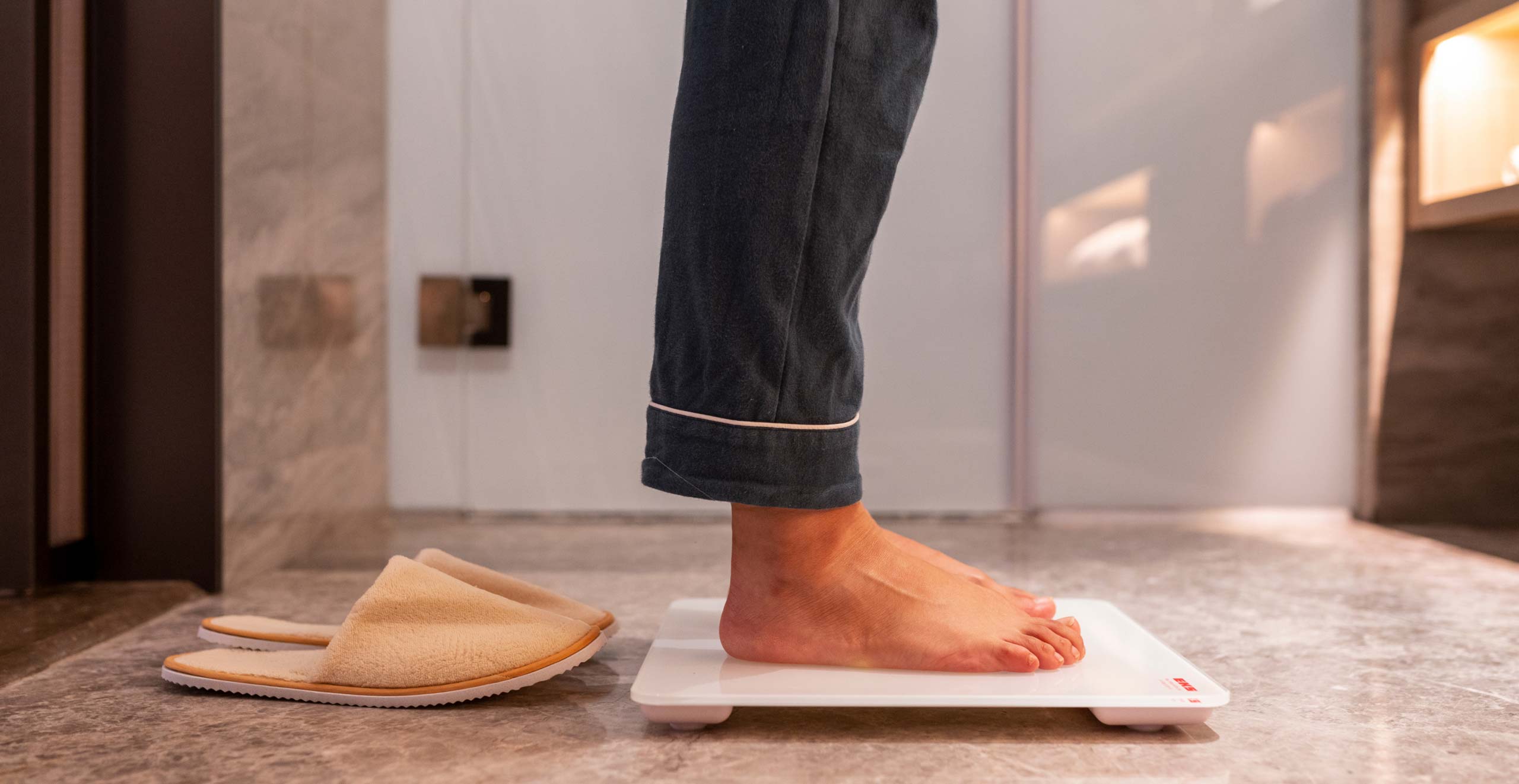
6 советов по снижению весасочетать со здоровым питанием и физической активностью
Оглавление:
- Не пропускайте завтрак
- Не пропускайте приемы пищи
- Занимайтесь физической активностью
- Избегайте алкоголя
- Используйте тарелку меньшего размера
- Пейте много воды
Оглавление:
- Какой способ похудения самый лучший?
- 6 способов быстро похудеть
- Какие тренировки лучше всего подходят для похудения?
- Что рекомендует диетолог?
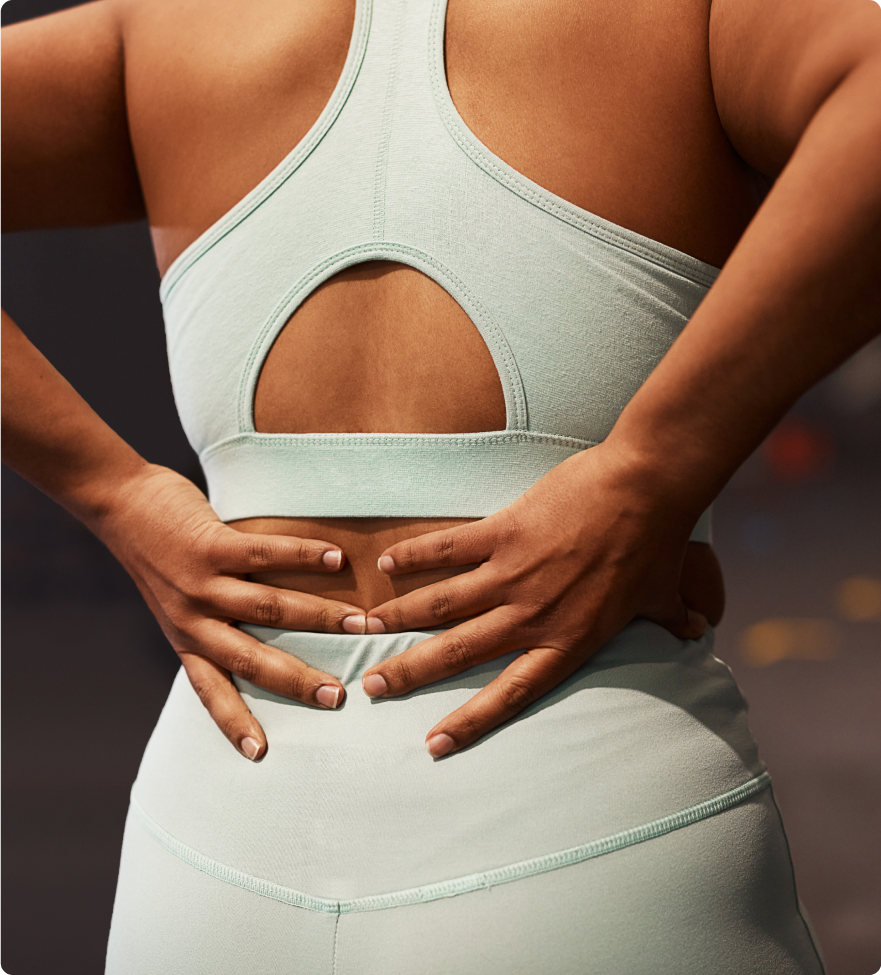
По данным Всемирной организации здравоохранения (ВОЗ)31% взрослых во всем мире не занимаются никакой физической активностью: все население Запада и не только вовлечено в глобальную эпидемию, которая имеет название "глобальность".Действительно,по оценкам Всемирной организации здравоохранения что с 1975 года уровень ожирения в мире вырос в три раза, а по состоянию на 2016 год более 1,9 миллиарда взрослых людей на планете имеют избыточный вес, причем 650 миллионов из них - с серьезным избыточным весом. Кроме того, эта эпидемия охватывает и молодое поколение: более 340 миллионов детей и подростков в возрасте от 5 до 19 лет считаются страдающими от избыточного веса.
Для борьбы с этой эпидемией каждый может внести свою лепту, и есть, казалось бы, простое решение: похудеть. Но как лучше всего это сделать?
Для борьбы с этой эпидемией каждый может внести свою лепту, и есть, казалось бы, простое решение: похудеть. Но как лучше всего это сделать?
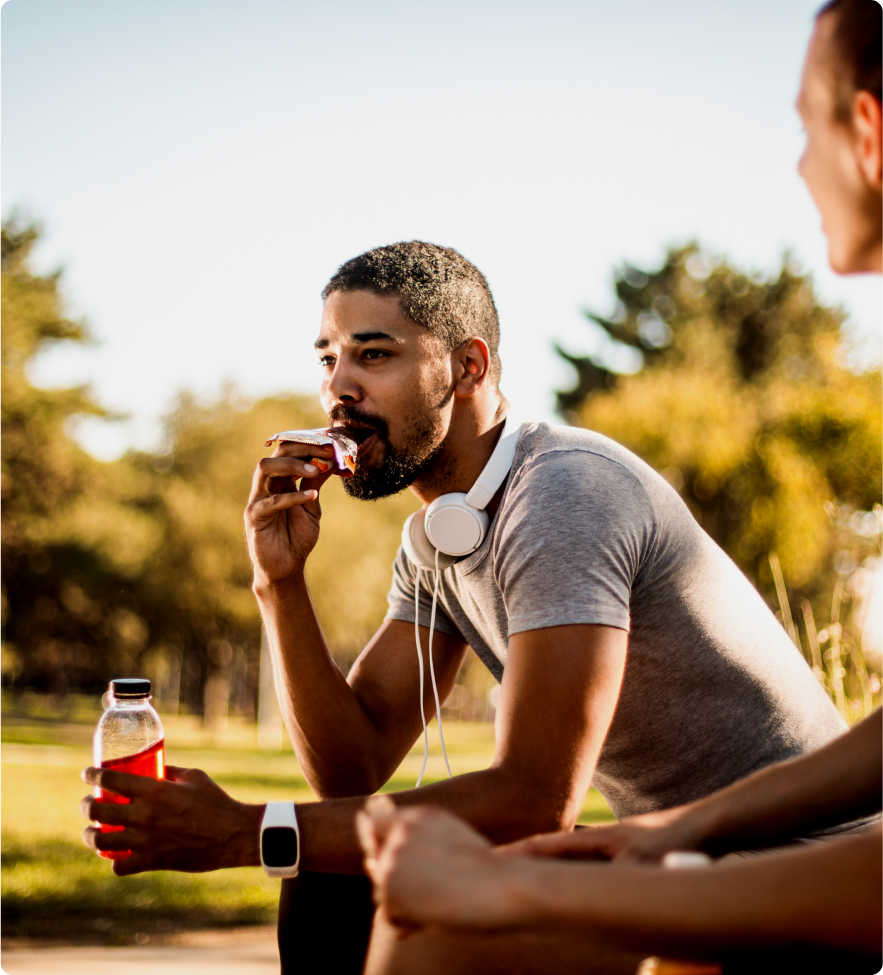
Бесполезно говорить об этом. Есть две вещи, которые мы должны сделать: сделатьизменения в нашем рационе, и на суммуфизическая активность в которых мы участвуем. В этом руководстве мы рассмотрим, как это сделать. Кроме того, похудение с помощью здорового питания не только приносит пользу и улучшает самочувствие, но и полезно для планеты, поскольку многие высококалорийные продукты создают больше выбросов, требуют больше воды и почвы для производства.
И последнее замечание по поводу питания: помимо советов по оптимальному способу похудения, содержащихся в этом руководстве, важно также учитывать тот факт, чтоДиета - это как сшитый на заказ костюм - она должна соответствовать характеристикам человека.Она должна учитывать историю болезни, образ жизни и спортивные привычки, вкусы и даже пороки человека, а также адаптироваться с течением времени.
Лучше отказаться от самостоятельного подхода, а также от обещаний чудесных и слишком быстрых результатов. Не существует коротких путей: консультация с врачом, специализирующимся в этой области, - лучший способ начать разумное похудение, наряду с увеличением физической активности. А также прочтите это руководство.
И последнее замечание по поводу питания: помимо советов по оптимальному способу похудения, содержащихся в этом руководстве, важно также учитывать тот факт, чтоДиета - это как сшитый на заказ костюм - она должна соответствовать характеристикам человека.Она должна учитывать историю болезни, образ жизни и спортивные привычки, вкусы и даже пороки человека, а также адаптироваться с течением времени.
Лучше отказаться от самостоятельного подхода, а также от обещаний чудесных и слишком быстрых результатов. Не существует коротких путей: консультация с врачом, специализирующимся в этой области, - лучший способ начать разумное похудение, наряду с увеличением физической активности. А также прочтите это руководство.

КАКОЙ ЛУЧШИЙ СПОСОБ ПОХУДЕТЬ?
Прежде чем рассматривать лучший способ похудеть, важно понять, как это сделать: то есть как мы худеем?Мы теряем вес - здоровым образом - когда испытываем дефицит калорий.. Дефицит калорий - это конечный результат очень простого расчета: если калорий, которые мы расходуем, больше, чем калорий, которые мы потребляем, возникает дефицит. Дефицит калорий, в свою очередь, приводит куменьшение количества жировой ткани (жира)Потому что он запускает липолиз и, как следствие, расход липидов в клетках.
Вот почему то, что мы едим, очень важно при попытке похудеть, а контроль над потреблением пищи при одновременной физической активности - лучший способ добиться этого. Пища, которую мы потребляем, очень важна для нашего здоровья, и по этой причине необходимо избегать решений "сделай сам", напитков, которые мы видим в Instagram, планов диет, которые мы находим в Google, различных доступных приложений и даже советов друзей, вместо этого выбирая обратитесь за советом к врачу-специалисту.
Только после этого мы можем начать думать о том, чтобы добавить больше физической активности - низкой, средней или высокой интенсивности; мы подробно рассмотрим это позже.
Вот почему то, что мы едим, очень важно при попытке похудеть, а контроль над потреблением пищи при одновременной физической активности - лучший способ добиться этого. Пища, которую мы потребляем, очень важна для нашего здоровья, и по этой причине необходимо избегать решений "сделай сам", напитков, которые мы видим в Instagram, планов диет, которые мы находим в Google, различных доступных приложений и даже советов друзей, вместо этого выбирая обратитесь за советом к врачу-специалисту.
Только после этого мы можем начать думать о том, чтобы добавить больше физической активности - низкой, средней или высокой интенсивности; мы подробно рассмотрим это позже.
Таким образом, чтобы похудеть, мы должны использовать двойной подход: в первую очередь следить за тем, что мы едим, а во вторую - за тем, сколько калорий мы сжигаем. Для того чтобы сжигать больше калорий, самое простое решение - меньше есть и увеличить физическую активность.
Физическая активность не обязательно должна быть аэробной: даже просто изменение наших ежедневных привычек может дать большой эффект:
Физическая активность не обязательно должна быть аэробной: даже просто изменение наших ежедневных привычек может дать большой эффект:
- Ходите пешком в супермаркет вместо того, чтобы пользоваться автомобилем.
- Ходите по лестнице, как дома, так и в офисе.
- Ездить на работу на велосипеде, а не на общественном транспорте.
- Выйдите из метро на одну остановку раньше и дойдите до места назначения пешком.
- Как правило, больше ходите пешком и при любой возможности.

Отказ от некоторых удобств, которыми мы окружены, может стать отличным началом, если мы начинаем с нуля.
Если мы хотим сделать что-то большее, чтобы сжечь лишние калории, которые мы потребляем - помните о дефиците калорий? - мы можем заняться аэробными тренировками с сопротивлением (тренировки навелотренажёрбег, скандинавская ходьба и многое другое) с пиками высокой интенсивности, а также анаэробные высокоинтенсивные тренировки (также называемыеHIIT или высокоинтенсивные интервальные тренировки), а также все остальные силовые тренировки, CrossFit или функциональный тренинг.
Как всегда, лучше всего соблюдать баланс - возможно, сочетать две формы тренировок, но главное - обратиться за советом к квалифицированным специалистам, чтобы выбрать правильный путь, и избегать тренировок в одиночку, потому что без посторонней помощи мы ничего не добьемся.
Есть два способа сбросить вес: меньше есть (и лучше) итренировка. Здесь нет никаких хитростей или секретов - нам просто нужномотивацияИ первые результаты, пусть и небольшие, вдохновляют нас на продолжение. Существует длинный список советов, которые мы можем использовать, чтобы мотивировать себя, поддерживать настроение и помогать худеть, и сейчас мы рассмотрим их.
Если мы хотим сделать что-то большее, чтобы сжечь лишние калории, которые мы потребляем - помните о дефиците калорий? - мы можем заняться аэробными тренировками с сопротивлением (тренировки навелотренажёрбег, скандинавская ходьба и многое другое) с пиками высокой интенсивности, а также анаэробные высокоинтенсивные тренировки (также называемыеHIIT или высокоинтенсивные интервальные тренировки), а также все остальные силовые тренировки, CrossFit или функциональный тренинг.
Как всегда, лучше всего соблюдать баланс - возможно, сочетать две формы тренировок, но главное - обратиться за советом к квалифицированным специалистам, чтобы выбрать правильный путь, и избегать тренировок в одиночку, потому что без посторонней помощи мы ничего не добьемся.
Есть два способа сбросить вес: меньше есть (и лучше) итренировка. Здесь нет никаких хитростей или секретов - нам просто нужномотивацияИ первые результаты, пусть и небольшие, вдохновляют нас на продолжение. Существует длинный список советов, которые мы можем использовать, чтобы мотивировать себя, поддерживать настроение и помогать худеть, и сейчас мы рассмотрим их.

6 СПОСОБОВ БЫСТРО ПОХУДЕТЬ
Слишком быстрое похудение - плохая идея, это может быть вредно, и врачи не советуют этого делать. Не в последнюю очередь потому, что такая форма похудения недолговечна; это иллюзия: на самом деле мы теряем не висцеральный жир, а что-то другое: жидкость, мышцы и т. д. Тем не менее, есть несколько небольших советов, предложенныхNHS - Национальная служба здравоохранения Великобритании - что может помочь нам оптимизировать результаты, если мы хотим похудеть с нуля. Как и прежде, правильное питание и регулярные физические нагрузки являются основополагающими факторами.
1. НЕ ПРОПУСКАЙТЕ ЗАВТРАК
Пропускать завтрак не стоит - напротив, это может привести к тому, что утром мы начнем перекусывать вредными продуктами. Мы все должны завтракать - не обязательно в континентальном стиле; вполне подойдет кофе по-итальянски с круассаном, сопровождаемый мини-блюдами в течение всего утра.2. НЕ ПРОПУСКАЙТЕ ПРИЕМЫ ПИЩИ, А ОПТИМИЗИРУЙТЕ ПИТАНИЕ
Если пропуск завтрака - плохая идея, то пропуск других приемов пищи - еще большая ошибка, если мы хотим похудеть. Пост во время обеда или ужина - это вредная и самонаказательная мера, которая не служит абсолютно никакой цели.3. ЗАНИМАТЬСЯ ФИЗИЧЕСКОЙ АКТИВНОСТЬЮ
Как мы только что говорили, главное - сжигать больше калорий, чем поступает в наш организм, а движение - отличный способ сделать это. Сделайте несколько упражнений. Для начала стоит просто больше двигаться, а затем переходить к упражнениям низкой, средней или высокой интенсивности.4. ВОЗДЕРЖИТЕСЬ ОТ АЛКОГОЛЯ
Любые алкогольные напитки следует избегать. Независимо от того, пьем ли мы пиво, вино или крепкие напитки, алкогольные напитки - это просто концентрированные калории. Поэтому, чтобы не переборщить с калориями, лучше сократить потребление пива, вина и других алкогольных напитков до минимума. Или вообще отказаться от них.5. ИСПОЛЬЗУЙТЕ ТАРЕЛКУ МЕНЬШЕГО РАЗМЕРА
Еда из тарелки меньшего размера, когда мы находимся дома или в обеденный перерыв в офисе, помогает нам выбирать меньшие порции. Меньшие порции равны меньшему количеству потребляемых калорий, поэтому дефицит калорий достигается легче.6. ПЕЙТЕ МНОГО ВОДЫ
Вода - большой друг для человеческого организма, и, кроме того, она может помочь нам похудеть.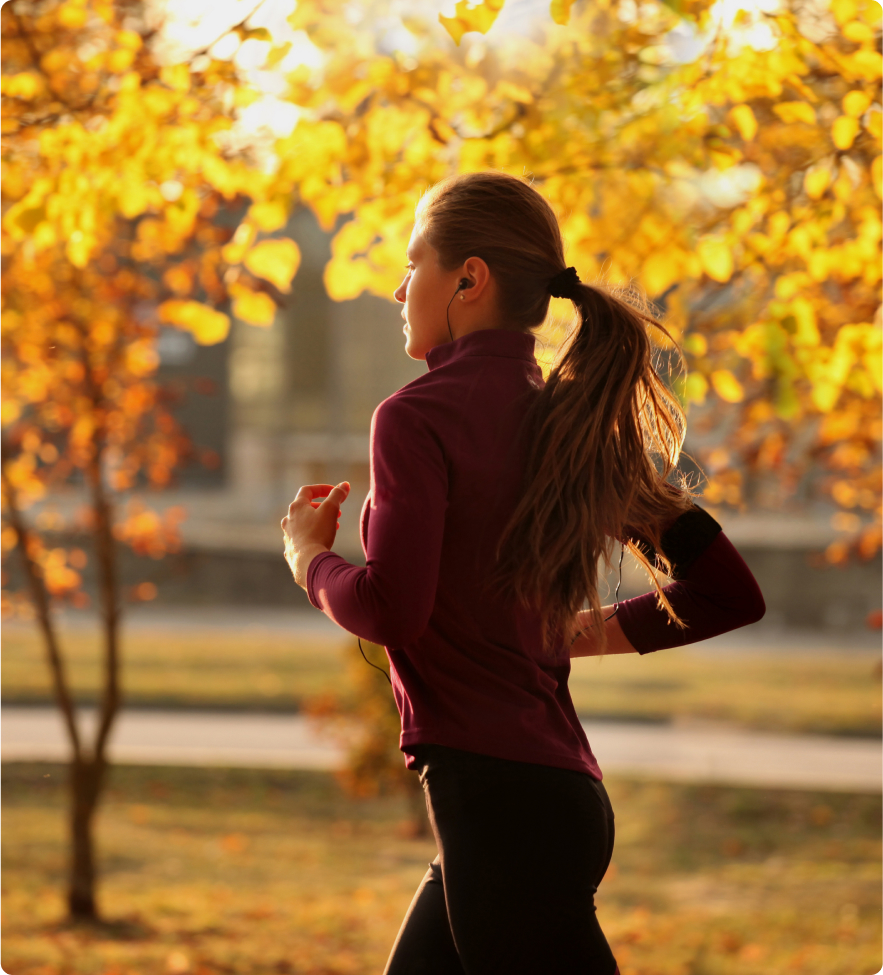
КАКИЕ УПРАЖНЕНИЯ ЛУЧШЕ ВСЕГО ПОДХОДЯТ ДЛЯ ПОХУДЕНИЯ?
Мы рассмотрели несколько советов по снижению веса путем корректировки рациона питания для достижения дефицита калорий. Теперь перейдем к упражнениям и физической активности: Если цель состоит в том, чтобы сбросить жир - потому что лишний вес = висцеральная жировая ткань, - мы можем использовать два основных метода:
НИЗКОИНТЕНСИВНАЯ ДЕЯТЕЛЬНОСТЬ
Первый - традиционный и самый известный метод: длительное занятие с низкой интенсивностью. В данном случае,после 20-30 минут активности организм начнет избирательно сжигать жир. Например, после часа ходьбы или часа низкоинтенсивной езды на велосипеде, скоростной или скандинавской ходьбы мы знаем, что уже через 20-30 минут мы будем сжигать жир.
ДЕЯТЕЛЬНОСТЬ СРЕДНЕЙ ИЛИ ВЫСОКОЙ ИНТЕНСИВНОСТИ
Второй подход к потере жира очень эффективен и не требует высокого уровня физической подготовки, при условии, что мы правильно его используем. Выполняя около 20 секунд упражнений средней интенсивности - на скамье, на беговой дорожке, при ходьбе, плавании, - мы расходуем энергию из мышц, которую иногда называют готовой к использованию энергией. Если после 20 секунд активности мы полностью останавливаемся - без какого-либо активного восстановления, - организм заново синтезирует эту готовую к использованию энергию, избирательно расходуя жиры.
Итак, если мы хотим сбросить жир выборочно, что мы можем сделать? Следующую тренировку можно выполнять два-три раза в неделю в тренажерном зале, используя имеющееся там оборудование, чередуя их:
НИЗКОИНТЕНСИВНАЯ ДЕЯТЕЛЬНОСТЬ
Первый - традиционный и самый известный метод: длительное занятие с низкой интенсивностью. В данном случае,после 20-30 минут активности организм начнет избирательно сжигать жир. Например, после часа ходьбы или часа низкоинтенсивной езды на велосипеде, скоростной или скандинавской ходьбы мы знаем, что уже через 20-30 минут мы будем сжигать жир.
ДЕЯТЕЛЬНОСТЬ СРЕДНЕЙ ИЛИ ВЫСОКОЙ ИНТЕНСИВНОСТИ
Второй подход к потере жира очень эффективен и не требует высокого уровня физической подготовки, при условии, что мы правильно его используем. Выполняя около 20 секунд упражнений средней интенсивности - на скамье, на беговой дорожке, при ходьбе, плавании, - мы расходуем энергию из мышц, которую иногда называют готовой к использованию энергией. Если после 20 секунд активности мы полностью останавливаемся - без какого-либо активного восстановления, - организм заново синтезирует эту готовую к использованию энергию, избирательно расходуя жиры.
Итак, если мы хотим сбросить жир выборочно, что мы можем сделать? Следующую тренировку можно выполнять два-три раза в неделю в тренажерном зале, используя имеющееся там оборудование, чередуя их:
- 20 секунд активности и 20 секунд отдыха, в общей сложности полчаса.
- После этого можно провести 20 минут низкоинтенсивной активности, на скамье, набеговая дорожка или на другомсердечно-сосудистый тренажёр.
- В выходные мы можем посвятить пару часов пешей или велосипедной прогулке в очень медленном темпе.

ЧТО РЕКОМЕНДУЕТ ДИЕТОЛОГ?
По словам доктора Франческо Конфалоньери, диетолога изМедицинский центр Сантагостино в Милане,Самый эффективный способ похудеть - меньше есть или лучше питатьсяЕсли мы хотим похудеть, то правильные привычки в питании просто необходимы. Упражнения могут быть полезны по трем причинам:
Что же происходит?
Когда я снова начинаю нормально питаться - или даже есть очень мало, - мой организм с интересом восполняет потерянный ранее вес.
- Улучшить общее состояние здоровья
- Чтобы оптимизировать эффект от диеты
- Для избирательного сжигания жировой ткани
Что же происходит?
Когда я снова начинаю нормально питаться - или даже есть очень мало, - мой организм с интересом восполняет потерянный ранее вес.

ПОТЕРЯТЬ ЖИРОВУЮ МАССУ
Мне не нужно терять "стандартный" вес.Мне нужно сбросить жир, и не только жир, но и висцеральный жир, а это уже совсем другое дело. Чтобы похудеть, необходимо соблюдать диету в сочетании с физическими упражнениями, направленными на потерю висцерального жира. Невозможно потерять большое количество висцерального жира за неделю, и это важно очень четко понимать.
Пример: диета, которая работает очень хорошо - и я говорю не о людях с серьезным или клиническим ожирением, а о людях с избыточным весом в нормальных условиях - позволяет терять максимум один килограмм в неделю. Для людей с большим избыточным весом этот показатель может увеличиться до полутора килограммов в неделю, но это действительно много, особенно если я хочу, чтобы потеря веса была стабильной.
Пример: диета, которая работает очень хорошо - и я говорю не о людях с серьезным или клиническим ожирением, а о людях с избыточным весом в нормальных условиях - позволяет терять максимум один килограмм в неделю. Для людей с большим избыточным весом этот показатель может увеличиться до полутора килограммов в неделю, но это действительно много, особенно если я хочу, чтобы потеря веса была стабильной.
Стратегии преодоления плато: как возобновить снижение веса
Достижение плато в процессе снижения веса — это распространённое и естественное явление. После начального этапа быстрого похудения организм адаптируется к новому режиму питания и тренировок, замедляя метаболизм и затрудняя дальнейшее снижение веса. Чтобы преодолеть это состояние, важно варьировать интенсивность и тип тренировок — например, чередовать кардио с силовыми упражнениями, которые помогают сохранить мышечную массу и стимулируют базовый обмен веществ. Также может быть полезен пересмотр калорийности рациона: слишком жёсткий дефицит может заставить организм экономить энергию, что блокирует процесс похудения. Наконец, не стоит недооценивать значение восстановления и качества сна — это ключевые факторы для гормонального баланса и долгосрочного успеха. Внимательное отслеживание прогресса и гибкий, устойчивый подход — залог преодоления любых препятствий.
Если бы мне нужно было дать совет, я бы сказал три вещи:
1. ПЕРВЫЙ СОВЕТ:ПОТРЕБНОСТИ КАЖДОГО ЧЕЛОВЕКА ИНДИВИДУАЛЬНЫ.
Поэтому мы не можем создать диету с одинаковым для всех количеством продуктов, поскольку у каждого из нас свои потребности в калориях.Тем не менее, с точки зрения питания, важно получать как можно больше различных видов питательных веществ. Основное правило - и оно может не распространяться на людей со специфическими расстройствами - не есть питательные вещества, потребляемые менее двух раз в неделю, в то время как любое питательное вещество, потребляемое более двух раз, может оказать негативное влияние. Например: Я пью молоко или ем йогурт по утрам, но не каждое утро, поэтому я чередую молочные продукты с соевым и овсяным молоком. В полдень я ем углеводы, чтобы обеспечить организм энергией, но стараюсь чередовать виды продуктов: 00 мука чередуется с цельнозерновой мукой, а может быть, со спельтой, ячменем или кускусом. В то же время вечером я должен полностью отказаться от углеводов и есть исключительно белковую пищу. При этом я должен чередовать различные виды белка: красное мясо, белое мясо, а еще лучше рыбу, яйца, бобовые, постное мясо, нарезанное кусочками, козий или овечий сыр. Чем больше я чередую, тем лучше.
1. ПЕРВЫЙ СОВЕТ:ПОТРЕБНОСТИ КАЖДОГО ЧЕЛОВЕКА ИНДИВИДУАЛЬНЫ.
Поэтому мы не можем создать диету с одинаковым для всех количеством продуктов, поскольку у каждого из нас свои потребности в калориях.Тем не менее, с точки зрения питания, важно получать как можно больше различных видов питательных веществ. Основное правило - и оно может не распространяться на людей со специфическими расстройствами - не есть питательные вещества, потребляемые менее двух раз в неделю, в то время как любое питательное вещество, потребляемое более двух раз, может оказать негативное влияние. Например: Я пью молоко или ем йогурт по утрам, но не каждое утро, поэтому я чередую молочные продукты с соевым и овсяным молоком. В полдень я ем углеводы, чтобы обеспечить организм энергией, но стараюсь чередовать виды продуктов: 00 мука чередуется с цельнозерновой мукой, а может быть, со спельтой, ячменем или кускусом. В то же время вечером я должен полностью отказаться от углеводов и есть исключительно белковую пищу. При этом я должен чередовать различные виды белка: красное мясо, белое мясо, а еще лучше рыбу, яйца, бобовые, постное мясо, нарезанное кусочками, козий или овечий сыр. Чем больше я чередую, тем лучше.

2. ВТОРОЙ СОВЕТ: Я РАССТАВЛЯЮ ПРИОРИТЕТЫ
УГЛЕВОДЫ В ПЕРВОЙ ПОЛОВИНЕ ДНЯ И БЕЛКИ ВО ВТОРОЙ ПОЛОВИНЕ ДНЯ
Углеводы в первой половине дня - это мощный ускоритель метаболизма, и я ем их, потому что днем я двигаюсь - и даже занимаюсь спортом, - а вечером организму нужен белок, чтобы поддерживать ткани, органы, мышцы и кости здоровыми, особенно в пожилом возрасте.
3. ТРЕТИЙ СОВЕТ: Я СТАРАЮСЬЕСТЬ БОЛЬШЕ, ЧЕМ ТРАДИЦИОННЫЕ ТРИ ПРИЕМА ПИЩИ В ДЕНЬ
Это не значит, что я должен сходить с ума и съедать огромный завтрак - средний итальянец предпочитает не есть много утром, просыпаясь в последнюю минуту и отправляясь на работу или в бар за кофе и круассаном, - но я стараюсь съесть как минимум два мини-обеда утром - один, когда я просыпаюсь, и один в середине дня, чередуя углеводы и белки. Затем я обедаю, после обеда перекусываю, в идеале сезонными фруктами - таким образом, я не ем фрукты во время еды, - а затем, как мы уже говорили, ужинаю, состоящим почти исключительно из белков.
УГЛЕВОДЫ В ПЕРВОЙ ПОЛОВИНЕ ДНЯ И БЕЛКИ ВО ВТОРОЙ ПОЛОВИНЕ ДНЯ
Углеводы в первой половине дня - это мощный ускоритель метаболизма, и я ем их, потому что днем я двигаюсь - и даже занимаюсь спортом, - а вечером организму нужен белок, чтобы поддерживать ткани, органы, мышцы и кости здоровыми, особенно в пожилом возрасте.
3. ТРЕТИЙ СОВЕТ: Я СТАРАЮСЬЕСТЬ БОЛЬШЕ, ЧЕМ ТРАДИЦИОННЫЕ ТРИ ПРИЕМА ПИЩИ В ДЕНЬ
Это не значит, что я должен сходить с ума и съедать огромный завтрак - средний итальянец предпочитает не есть много утром, просыпаясь в последнюю минуту и отправляясь на работу или в бар за кофе и круассаном, - но я стараюсь съесть как минимум два мини-обеда утром - один, когда я просыпаюсь, и один в середине дня, чередуя углеводы и белки. Затем я обедаю, после обеда перекусываю, в идеале сезонными фруктами - таким образом, я не ем фрукты во время еды, - а затем, как мы уже говорили, ужинаю, состоящим почти исключительно из белков.
Другие истории

СКАЧАТЬ TECHNOGYM APP
Присоединяйтесь к сообществу Technogym и получайте эксклюзивный доступ к индивидуальным планам тренировок, экспертным инструкциям и более 1000 занятий по запросу. Отслеживайте свой прогресс, общайтесь с друзьями и сохраняйте мотивацию благодаря обратной связи в режиме реального времени и cоревнованиям.
Продукция и услуги на территории Российской Федерации поставляются дочерней компанией Technogym, АО «ТЕХНОДЖИМ» г. Москва, ул. Верейская, 29с134, офис В211. | Идентификационный код: 7731585654
